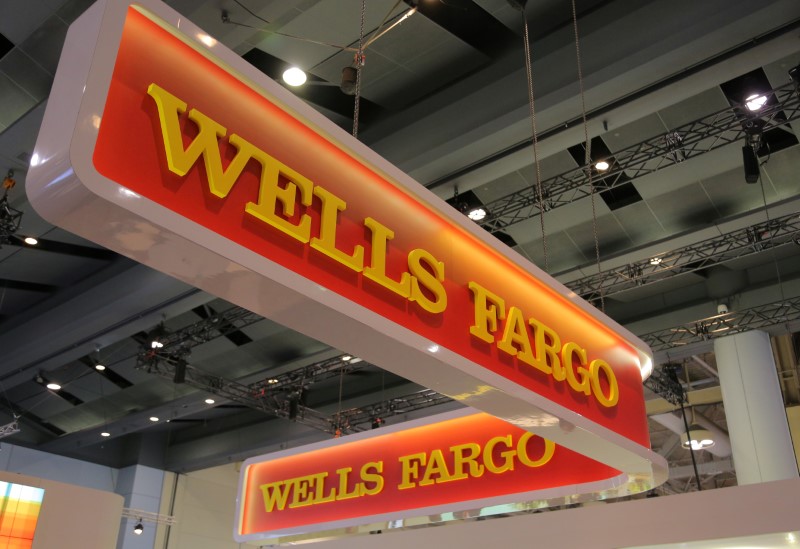This post was originally published on this site
https://i-invdn-com.akamaized.net/trkd-images/LYNXMPEG0N205_L.jpg
(Reuters) – Wells Fargo & Co (N:) and its officials have racked up well over $4 billion (3 billion pounds) in penalties since a sales practices scandal erupted in 2016, and continues to face headwinds.
Here are some of the remaining shoes that have yet to drop:
Probes: A number of federal agencies are examining the bank and its employees for potential wrongdoing. The Department of Justice is looking into whether executives withheld details about fake accounts to the Wells Fargo board of directors and the Office of the Comptroller of the Currency, the lead regulator for national banks, Reuters has reported. The U.S. Securities and Exchange Commission’s Philadelphia office, meanwhile, has been investigating whether Wells Fargo misled investors by inflating performance metrics and whether the bank penalized whistleblowers, Reuters also reported. The Department of Labor is also examining whether the bank acted on staff whistleblower complaints.
Consent orders: Wells Fargo is currently operating under roughly 14 consent orders with various regulators including the OCC, SEC, and the Consumer Financial Protection Bureau. Under the orders, the bank will endure intense regulatory scrutiny until it proves it has fixed procedures that allowed employees to create potentially millions of unauthorized accounts, and sell auto insurance and other add-on products that customers did not want or need. The orders also require Wells Fargo to repay customers for costs associated with its consumer abuses. So far the bank has paid out at least tens of millions of dollars in remediation.
Asset cap: The most notable consent order looming over the bank is the U.S. Federal Reserve’s asset cap, which put an unprecedented growth restriction on the bank’s balance sheet until it proves that it has overhauled its risk management and controls. Since the asset cap was announced in early 2018, bank executives repeatedly extended the timeline for getting it removed and have since stopped giving any guidance on the issue. On his first public call with the company earlier this month, new Chief Executive Charlie Scarf did not set a new timeline.
Community Reinvestment Act (CRA) rating: Even if Wells Fargo’s asset cap is lifted, its growth could still be hampered by its CRA rating, which assesses how well banks service poorer communities. In 2017, federal regulators downgraded Wells Fargo two notches to “Needs to Improve” from “Outstanding” shortly after the scandal broke. The rating, which is typically only reviewed every five years, curtails the bank’s ability to make acquisitions and open branches, and requires Wells Fargo to seek regulatory approval in financing decisions like issuing or prepaying debt. A less than satisfactory rating also prevents the bank from courting certain government business that requires a higher CRA rating.
More hearings: The bank’s executives have in the past been called to testify before Congress about the bank’s wrongdoings and explain how the bank has changed. New CEO Scharf has tried to place the scandal squarely in the past, describing “historical and “legacy” issues during his first call, but lawmakers are likely to continue rehashing Wells Fargo’s mistakes in public. Congresswoman Maxine Waters, House Financial Services Committee chair, said she plans to call Wells Fargo board members to testify this year.
Fusion Media or anyone involved with Fusion Media will not accept any liability for loss or damage as a result of reliance on the information including data, quotes, charts and buy/sell signals contained within this website. Please be fully informed regarding the risks and costs associated with trading the financial markets, it is one of the riskiest investment forms possible.

